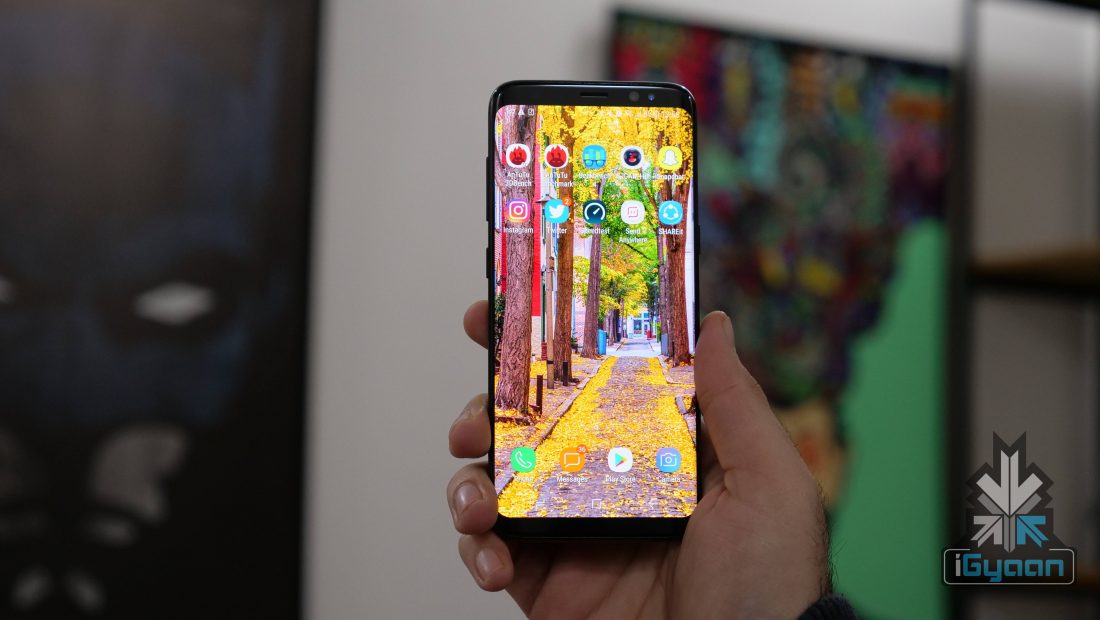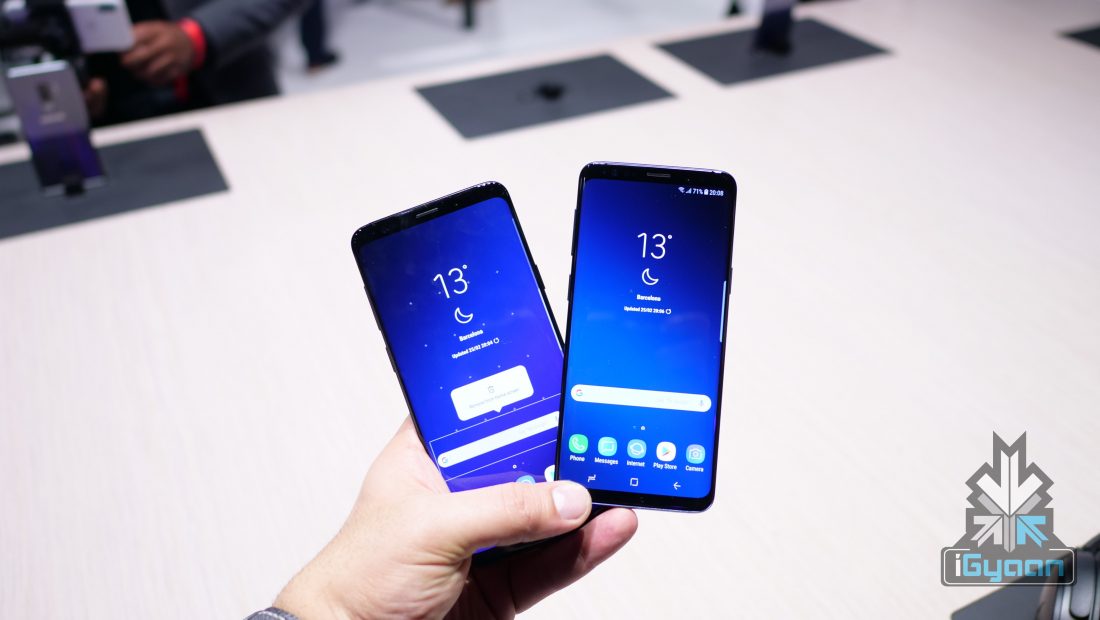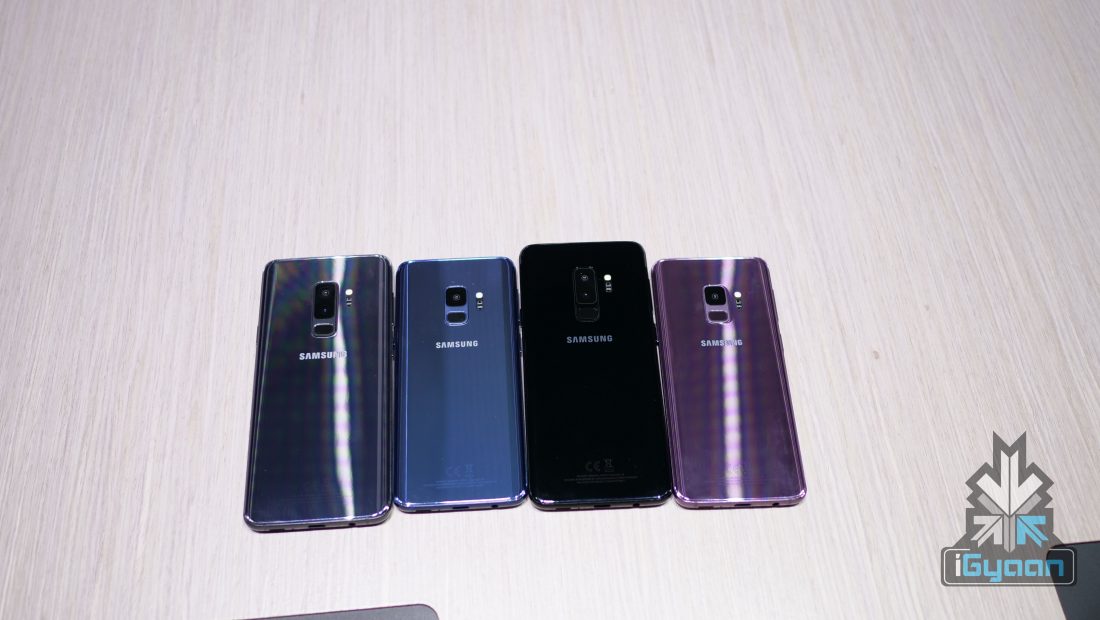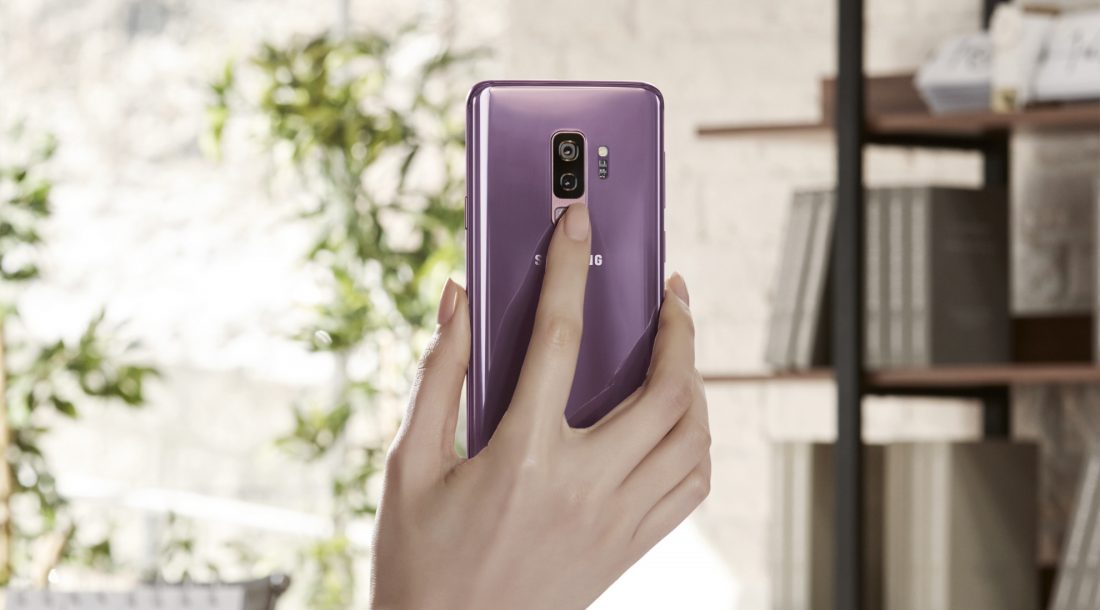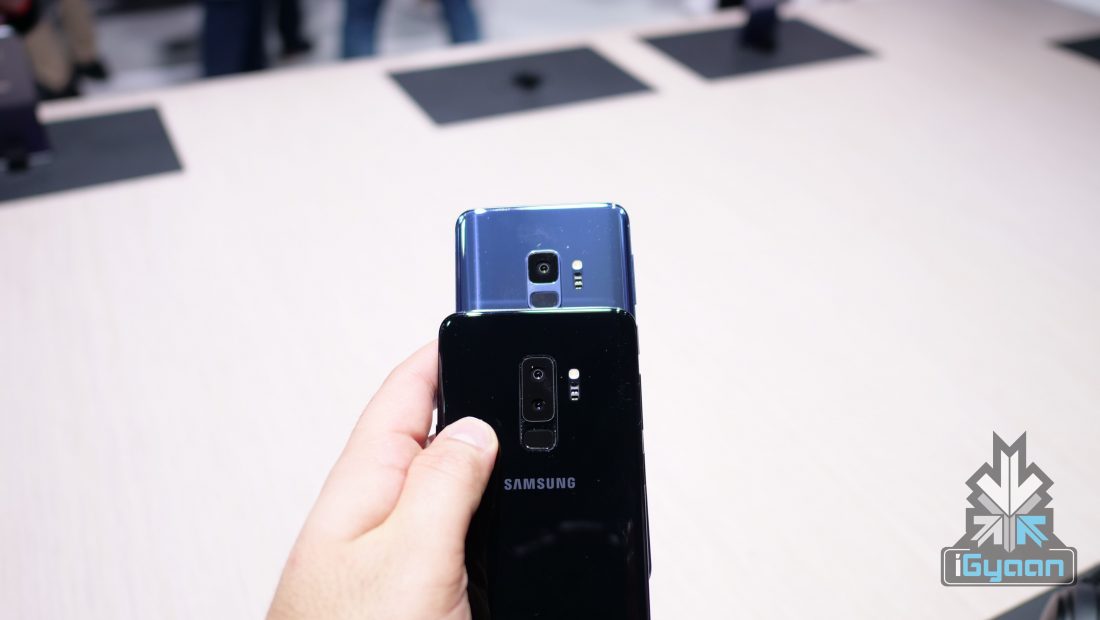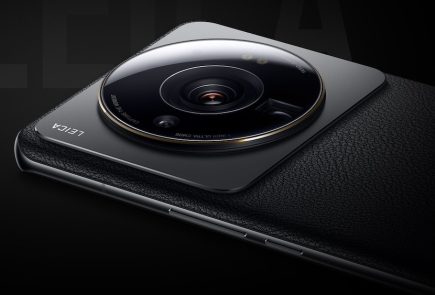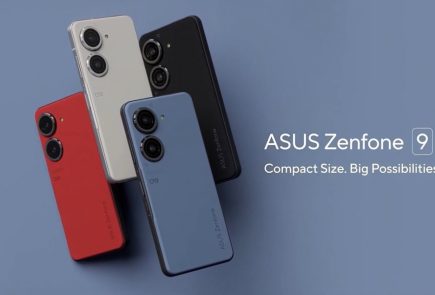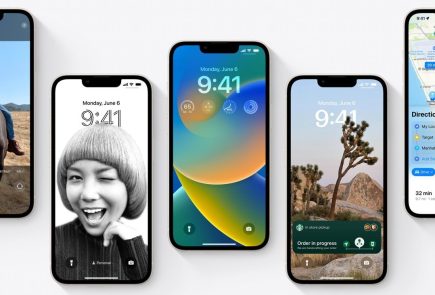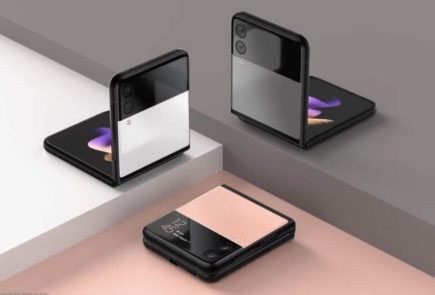From Samsung Galaxy S8 To Galaxy S9: What Has Changed?
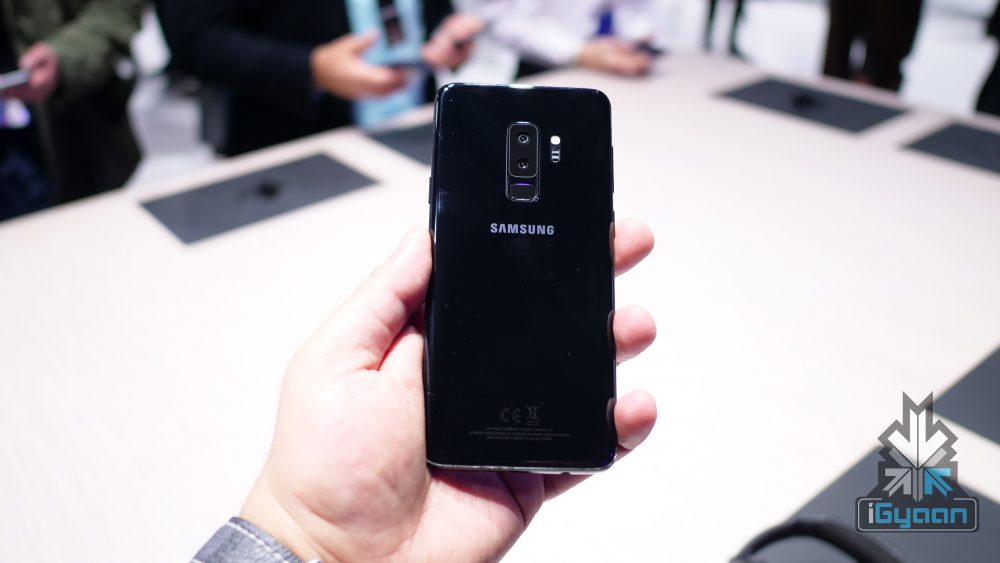
Samsung launched the Galaxy Note8 back in August 2017 to a great reception. It built on the success of the Galaxy S8 devices and offered a lot more at a slightly higher price. However, it was still the most expensive Samsung Android device almost touching thousand dollar mark. The Samsung Galaxy S9 and Galaxy S9+, according to early rumours were going to be these radically different smartphones with almost no bezels on the display.
However, that seemed too good to be true and as we moved closer to the imminent launch, we saw more accurate renders. The renders revealed something that will hold true for the smartphone industry in general. As we approach the future of completely bezel-less smartphones, the difference in design between two generations will be minimal. The Galaxy S9 and S9+, represent that future.
On the 25th of February, Samsung finally launched its two new flagship smartphones, the Galaxy S9 and Galaxy S9+. As is with almost every launch these days, there was barely anything for Samsung to tell us that would be a surprise.Right from the volume rockers placement to the stereo speakers, everything about the devices was leaked well in advance. However, the Samsung flagship phones will dominate smartphone sales this year and these are two of the most important Android smartphones of 2018.
So, from the Galaxy S8 of 2017 to the Galaxy S9 of 2018, what really has changed, and what remains constant?
Design
The Samsung Galaxy S8 and S8+ were some of the best-looking smartphones of 2017. Samsung incorporated its edge design with thinner bezels and called it the “Infinity Display”. The glass on the front and back with a metal frame meant that the smartphones looked stunning. However, they were also fingerprint magnets. Somebody once said, “Don’t fix it if it ain’t broken,” and someone at Samsung followed the philosophy.
The Galaxy S9 and S9+, barring slightly thinner bezels, look very similar to their predecessors. In fact, it is hard to pick the correct one out when put side by side, at least from the front. To the back is where Samsung has made a necessary change. The Galaxy S8 and S8+, while lauded for their design, had a very suspect fingerprint sensor placement. With the new flagship phones, Samsung has fixed that and moved the sensor below the camera module.
Also, the Galaxy S9+ now has a dual-camera setup which is similar to the Galaxy Note8. However, the Galaxy Note8 had a horizontally placed setup while the S9+ has a vertically placed dual-camera setup.
Display
The Samsung Galaxy S9 and Galaxy S9+ have the exact same displays as their predecessors. Smaller of the two siblings, the S9 has a 5.8 inch Super AMOLED display while the S9+ has a 6.2 inch Super AMOLED display. Both smartphones have a 2960 x 1440 px resolution which translates to an 18.5:9 aspect ratio. This means that the Galaxy S9 devices are slightly taller than the usual 18:9 devices. The smartphones have a curved display where the edges can be used for shortcuts. This has become a standard for Samsung flagship phones now.
Under The Hood
It is understandable if the design and display don’t get an upgrade over a generation. However, seldom do you see a company launching a new generation smartphone with the same hardware. Same is the case here as well. The Galaxy S9 and Galaxy S9+ are powered by the new and faster chipsets. For the US and South Korean markets, the S9 and S9+ will have the Snapdragon 845 chipset under the hood. For the rest of the world, they will be powered by Samsung’s own Exynos 9810 chipset.
The Galaxy S9 has 4GB of RAM while the Galaxy S9+ has 6GB of RAM. Both the smartphones will be available in 64GB, 128GB and 256GB storage variants which will be expandable via a microSD card. Also, for the first time in the Galaxy S series, Samsung has included a dual stereo speaker setup. These speakers are tuned by AKG and come with Dolby Atmos integration as well. Samsung has also decided to stay away from the herd and include a 3.5mm headphone jack which is great for people who still prefer wired headphones over Bluetooth ones.
Similar to the predecessors, the Galaxy S9 is powered by a 3000 mAh battery while a 3500 mAh battery powers the S9+. Both devices support QuickCharge 4.0 and wireless charging as well. This time around, the iris scanner is more advanced and there is a Face Unlock feature called Intelligent Scan. If someone is not a fan of the rear-facing fingerprint sensor, there are more ways to unlock their smartphone now.
Software
The Samsung Galaxy S9 and S9+ will run Android 8 Oreo out of the box with Experience UI 9.0 on top. Samsung’s custom skin has come a long way since the days of TouchWiz. It definitely holds up for a longer period of time and looks much better. There will be a lot of customisation options as well. In fact, this also means that smartphones like the Galaxy Note8 will also finally start receiving Android 8 Oreo update.
Cameras
Before even unveiling the new smartphones, Samsung revealed what will be new in them. The teaser poster clearly stated that the Galaxy S9 and S9+ will have much better cameras than their predecessors. On paper, that is definitely true but, we will test out the cameras in detail before giving our two cents on it. However, the Galaxy S9 and S9+ do have improved specifications in the camera department.
The Galaxy S9 has retained a single camera setup on the back. It is a Dual-Pixel 12MP camera with a variable aperture of f/1.5 to f/2.4. In bright lighting conditions, the camera will use the f/2.4 aperture, while the wider f/1.5 aperture is used in dark lighting conditions. It also captures 720P videos at 960fps and 4K videos at 60fps, similar to the Apple iPhone X. On the front of the smartphone is an 8MP camera with an f/1.6 aperture and records 4K videos.
The Galaxy S9+ gets a dual-camera setup on the back. The primary 12MP camera is the same one found on the Galaxy S9. The secondary telephoto lens is a 13MP camera with OIS and an f/2.4 aperture. This telephoto lens is the same one found on the Galaxy Note8. As is with S9, it records 720P videos at 960fps and 4K videos at 60fps. This is one more feature where the Galaxy S9 devices will go head to head with the iPhone X.
Some people might call it an Animoji rip off but, Samsung is calling it AR Emoji. Basically, the smartphone captures the face data, analyses it, which allows users to make animated versions of themselves. These can later be customised further. It is a fun feature to have on your smartphone but, you probably won’t spend all that money just for AR Emojis. However, it is something that Samsung demoed at the launch and believes it has enough customisation options to make it interesting.
Conclusion
While there is no information about the exact pricing of the two devices in India, they will be pricier than their predecessors. The pre-booking for the S9 and S9+ has already begun India and will go on sale from the 16th of March. Will you be buying one?
















